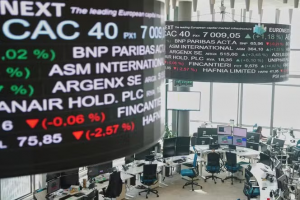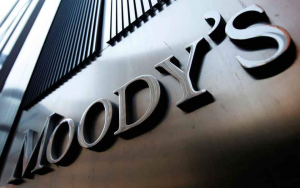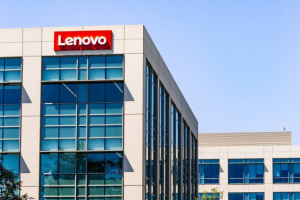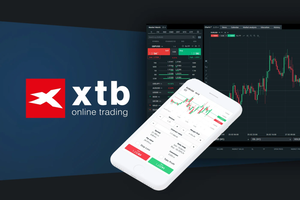European defense stocks are poised to maintain their premium valuations as the continent undergoes a fundamental shift in its defense strategy.
The reassessment of security priorities, driven by geopolitical instability and a recalibration of U.S. policy, is leading to a sustained increase in military spending across Europe.
Barclays estimates that total European defense expenditure could rise to between 3% and 3.5% of GDP, marking a significant departure from the previously projected range of 2% to 2.5%.
This translates to an additional $200 billion to $300 billion in spending, a major boost for European defense companies.
The structural uplift in defense budgets is expected to result in revenue expansion for European defense firms, though the sector’s unique contracting nature means operating leverage will remain limited.
Barclays identifies Hensoldt, Rheinmetall (ETR:RHMG), and Saab as the best-positioned firms to capitalize on this wave of spending.
While BAE Systems (LON:BAES) generates the highest defense revenue overall, its exposure to Europe is only 33%, reducing its direct benefit from increased regional budgets.
Conversely, Thales (EPA:TCFP), which derives about 50% of its revenue from defense, is set to gain significantly due to its minimal U.S. exposure.
Stock valuations have already adjusted in anticipation of the spending upcycle, with European defense equities trading at historically high multiples.
Barclays suggests that current valuations imply approximately 60% EPS growth across the sector by 2026, compared to Bloomberg consensus expectations of 30% EPS growth by 2028.
German firms such as Rheinmetall and Hensoldt are projected to deliver an EPS CAGR of 35% over 2026-2028, while long-cycle companies including BAE, Leonardo, Saab, and Thales are expected to achieve around 20% EPS CAGR.
“Looking ahead, we believe European defense stocks should continue to maintain their premium valuations,” Barclays said, citing three key drivers, namely, sustained relative EPS growth, strong revenue visibility amid a decade-long spending cycle, and minimal risk of tariff impositions.
While defense contracts typically have long lead times, the expected budgetary expansions create a favorable environment for sustained earnings growth.
Equipment procurement remains a central focus of increased spending, with its share of total defense expenditure rising from 18% in 2014 to 32% in 2024.
Barclays notes that since 2022, only about 50% of procurement by European NATO countries has been directed toward European systems, raising questions about strategic autonomy. Countries such as Poland have demonstrated a higher reliance on foreign suppliers, while France has predominantly sourced equipment domestically.
The upcoming European Commission White Paper on Defense, along with the NATO summit in June, will provide further clarity on procurement strategies and potential legislative support for defense sector growth.
The EU’s ReArm plan, which unlocks up to €800 billion in funding, also represents a significant catalyst for further investments.
Measures such as €150 million in loans for collaborative purchasing of critical military assets and a fiscal relaxation clause allowing countries to increase defense spending without breaching budgetary constraints are likely to reinforce the sector’s growth trajectory.
As European nations accelerate their defense commitments, firms with high European exposure and strong execution capabilities stand to benefit the most.
Barclays highlights that the ability to ramp up production capacity, manage supply chain disruptions, and increase skilled employment will be critical in translating higher budgets into sustained profitability.
While margin expansion in defense contracting is inherently constrained by government procurement structures, companies that navigate these challenges efficiently are likely to outperform.
With defense stocks already trading at premium valuations, further re-rating will depend on execution and visibility into long-term budget commitments.
Barclays points out that German stocks have been among the strongest performers in the sector, benefiting from their outsized exposure to defense and strong order backlogs.
“On a relative forward PE basis, Saab and Rheinmetall are the most expensive,” Barclays notes, indicating that while valuations are elevated, they are supported by strong earnings trajectories.













